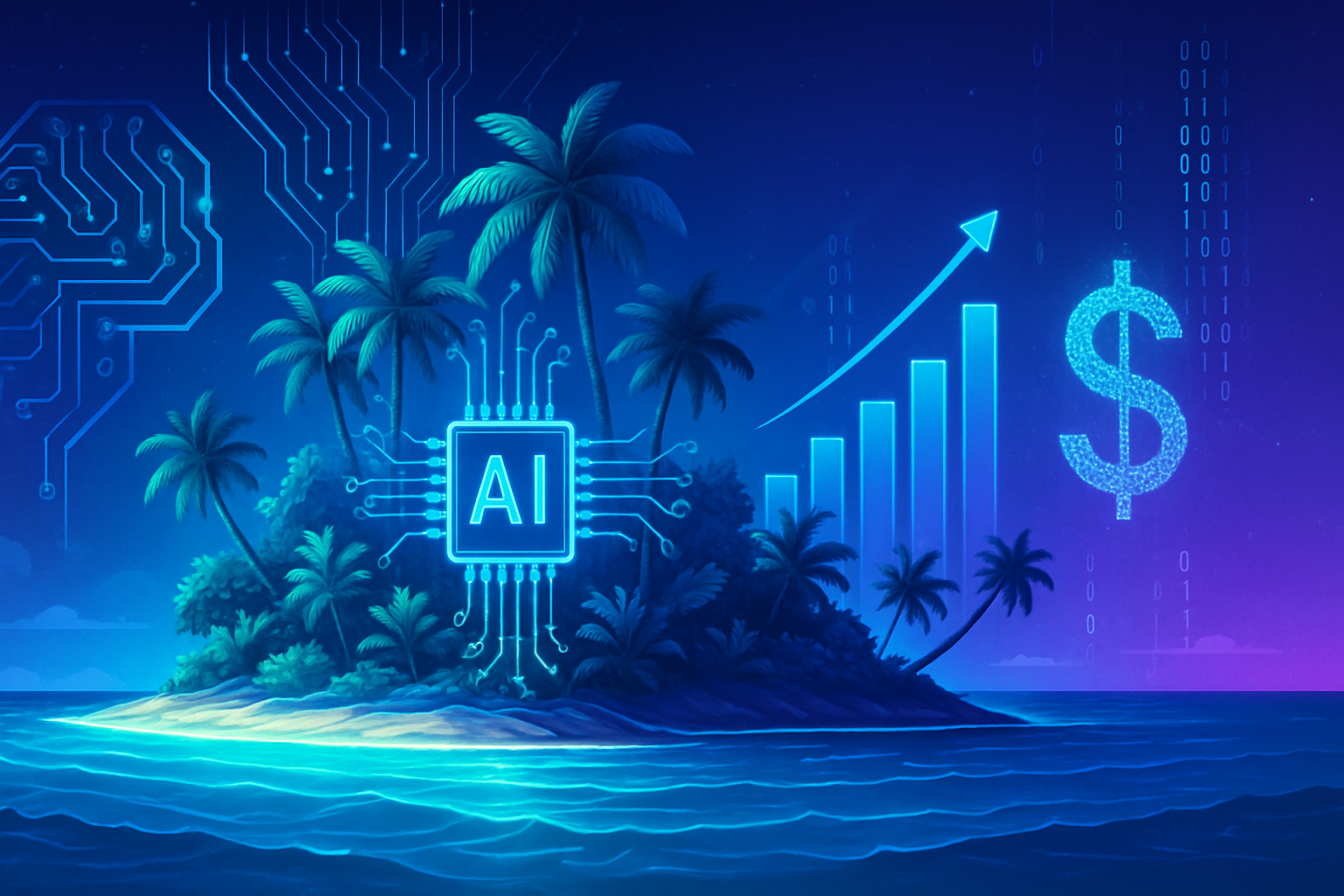The growing dominance of cybersecurity is making a grand assertion in the priorities of State CIOs for 2025. The issues related to the protection of information systems underline the necessity for a robust strategy in the face of evolving threats. While artificial intelligence continues to ignite technological debates, it must now coexist with imperative concerns regarding digital security. This dynamic reveals an unprecedented awareness among decision-makers regarding the vital importance of cybersecurity in digital governance. The rise of cyberattacks demands heightened vigilance and strategic investments to protect critical infrastructure.
State CIO Priorities for 2025
According to the latest survey conducted by the National Association of State CIOs (NASCIO), cybersecurity remains the top priority primarily observed among State information system leaders, surpassing artificial intelligence. This announcement highlights a marked trend in maintaining the protection of digital infrastructure as the number one priority.
For the twelfth consecutive year, cybersecurity asserts itself as the vital domain for CIOs. This finding was confirmed by Doug Robinson, executive director of NASCIO, who noted the intensification of concerns related to digital security.
Integration of Artificial Intelligence
The rise of AI should not, however, be underestimated. Although cybersecurity has captured the top spot, AI is rapidly emerging among the priorities. According to the report, robotic process automation and machine learning technologies rank at the forefront of innovations targeted by CIOs for 2025.
This shift towards AI illustrates a growing willingness to leverage automation to enhance government operations. However, the importance of this technology must coexist with increased vigilance regarding the potential threats it may pose.
Key Trends in Cybersecurity
Challenges related to cybersecurity will evolve as new threats emerge. Emphasis will be placed on risk management and digital identity, which position respectively second and sixth among the identified priorities.
A crucial issue for 2025 will be the modernization of legacy applications. Governments are already exchanging strategies to update their systems while integrating optimal security measures. Data management and analytics will also become essential axes, allowing for the maximization of data utility while ensuring their maximum protection.
Emerging Technologies in Cybersecurity
The NASCIO report reveals the ranking of priority infrastructure technologies for the upcoming year. In the top position, AI and automation technologies will be poised to address the growing challenges in security.
Significant efforts will be devoted to protecting infrastructures against emerging cybercrime threats. The automation of fraud detection systems may also see widespread adoption, facilitating the early detection of incidents.
Regulatory Developments and Accessibility
Requirements for digital accessibility, including adjustments to online infrastructures, will become mandatory, particularly following new regulations suggested by the Department of Justice. This evolution reflects a growing awareness of inclusivity issues in online services.
CIOs will need to adapt to this dynamic while ensuring data security. In this context, security enhancement tools and access management will be thoroughly evaluated to comply with the new regulatory obligations.
Expert Conclusions
Technology leaders shared their thoughts on the subject, stating that unified security platforms will be essential to strengthen resilience. As the landscape of cybercrime becomes increasingly complex, relying on integrated solutions becomes imperative to effectively anticipate threats.
As 2025 approaches, the behavior of states in the face of cybersecurity challenges could set new standards for administrations. Moreover, it is timely to integrate best practices in risk management to broaden the horizons of digital security.
Frequently Asked Questions about Cybersecurity and AI for 2025
Why is cybersecurity the number one priority for State CIOs in 2025?
Cybersecurity is critical for protecting sensitive information against growing cyber threats. With the increase in cyberattacks, decision-makers are seeking to ensure the security of systems and data, thus justifying its top priority position.
How can artificial intelligence enhance cybersecurity in 2025?
Artificial intelligence technologies, such as machine learning, allow for the analysis of vast amounts of data to detect anomalies and identify potential threats, thereby strengthening the security posture of organizations.
What risks are associated with integrating AI into cybersecurity systems?
The risks include the possibility that attacks exploit vulnerabilities in AI systems, as well as the risk of bias in AI algorithms which could lead to inappropriate security decisions.
What are the priority technologies within cybersecurity in 2025?
Priority technologies include identity and access management, security enhancement tools, and automated fraud detection platforms that are considered essential for protecting critical infrastructure.
How are CIOs’ decisions regarding cybersecurity and AI evolving?
Decisions evolve based on emerging threats and regulatory requirements. CIOs must adapt their strategies to respond to new and complex challenges, balancing investments between cybersecurity and AI.
What are the best practices for effective cybersecurity implementation in 2025?
Best practices include ongoing employee training, regular risk assessments, adopting integrated security solutions, and utilizing advanced technologies to involve AI and data analysis.
How can governments collaborate to improve their cybersecurity?
Governments can collaborate by sharing information regarding threats, implementing common security standards, and participating in regional and national cybersecurity initiatives.
What impact will AI have on State cybersecurity strategies in 2025?
AI is set to transform cybersecurity strategies by making systems more responsive and proactive against threats, but it should not replace the fundamentals of cybersecurity. Instead, it should be integrated as a tool for optimization.
How can the maturity of a state’s cybersecurity systems be evaluated in 2025?
One can evaluate maturity by conducting regular audits, measuring resilience against penetration tests, and assessing the speed and effectiveness of responses to security incidents.






